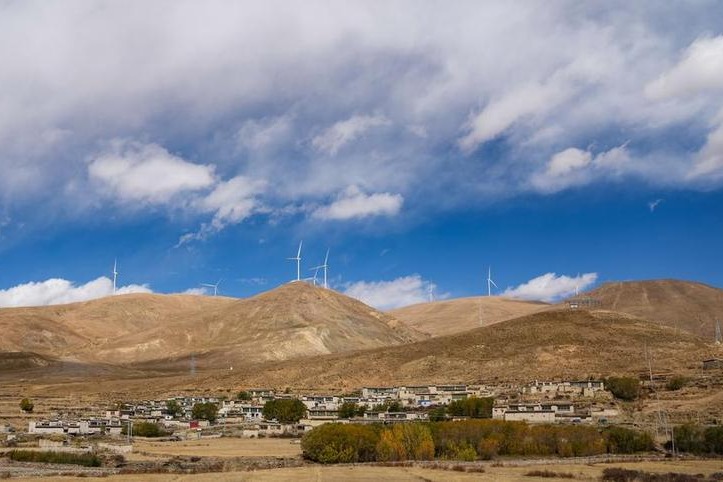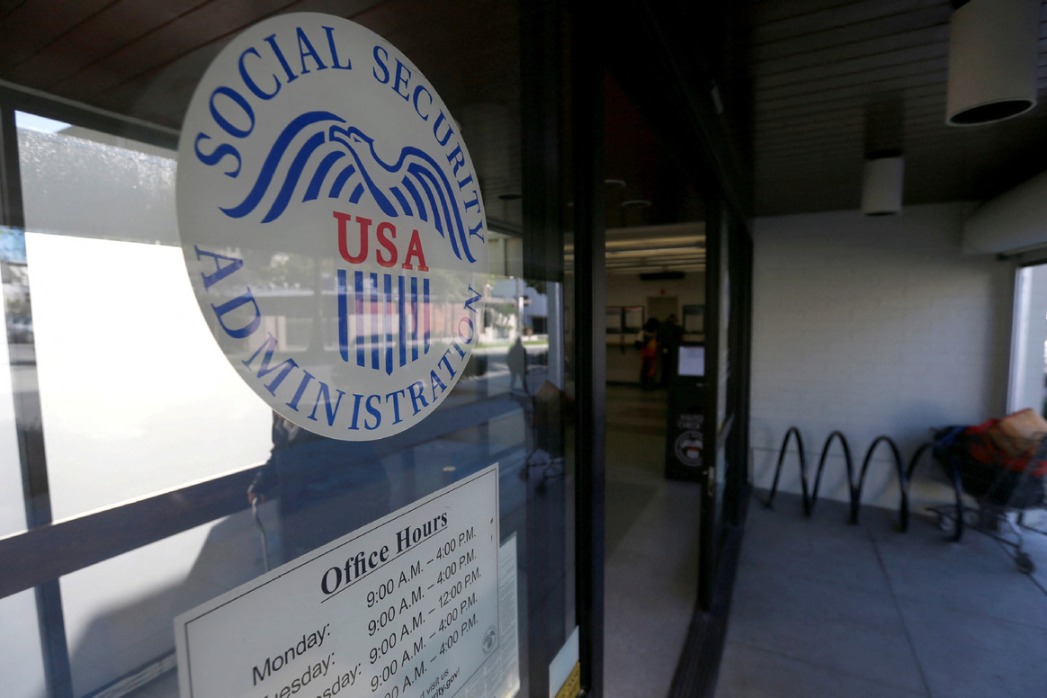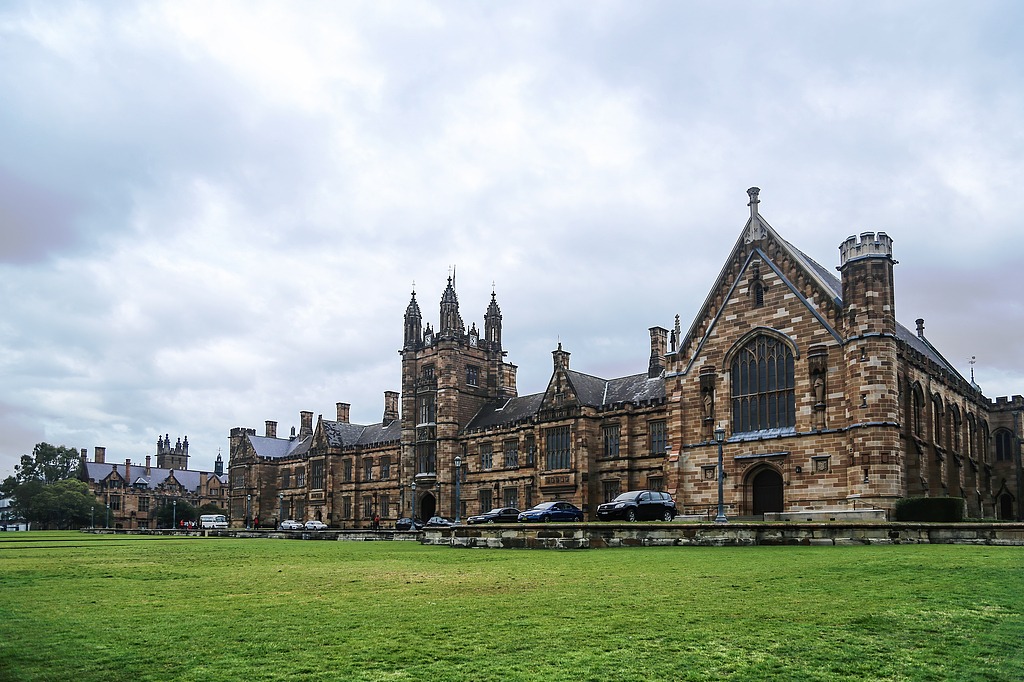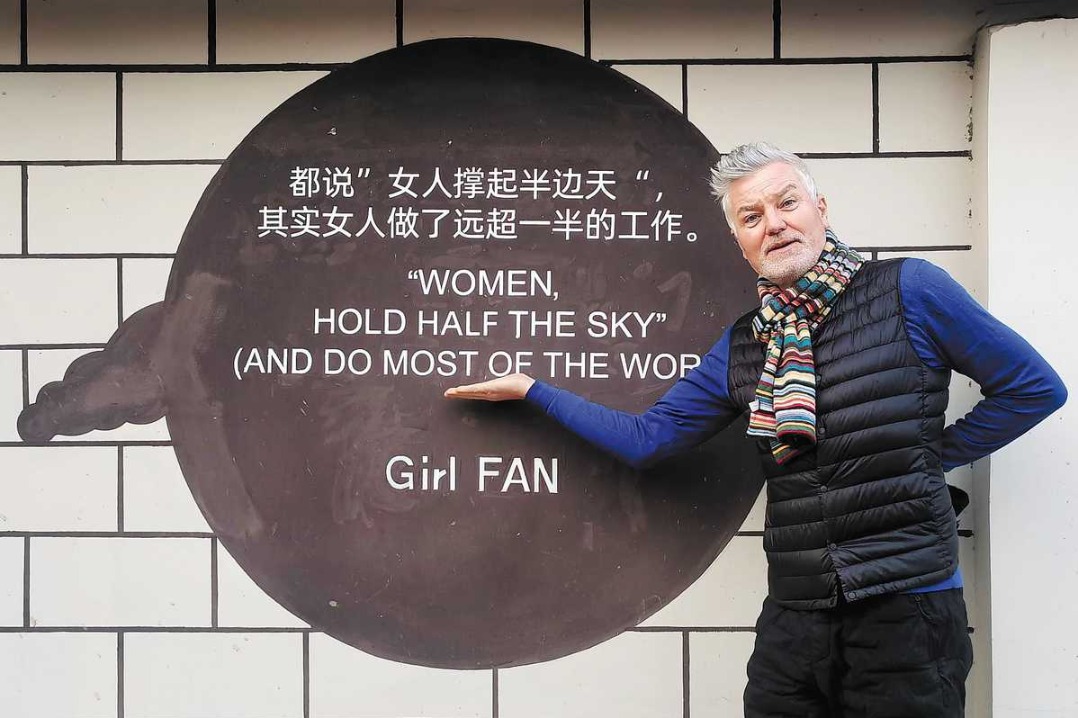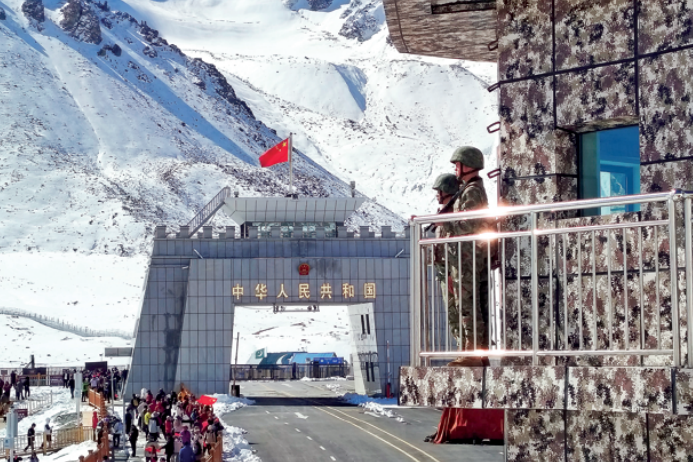China's edge in clean energy stays intact

China's role as the world's leading clean energy producer remains intact despite rising trade tensions and shifting climate policies, thanks to its broad export base, cost competitiveness and technological edge, according to the latest analysis from Moody's Ratings.
While the tariffs imposed by the United States could push companies to diversify their supply chains, China's entrenched position in the market "limits the pace at which companies can shift away", the rating agency said in an infographic released on Tuesday.
Moody's highlighted China's ability to serve more than 200 countries and regions as a critical advantage in navigating trade barriers. The country's export destinations are geographically diverse, spanning across continents, including key partners such as Germany, Brazil, Australia and Saudi Arabia, which minimizes its exposure to any single market's restrictions, the agency said.
While the country's clean energy reach spans multiple sectors, lithium-ion batteries seem to have emerged as the most strategically sensitive link in China-US trade. About one-fourth of all Chinese lithium-ion battery exports are made to the US, according to Moody's.
Ilaria Mazzocco, a senior fellow at the Center for Strategic and International Studies in Washington, cautioned that while the US is building its own battery value chain under the Inflation Reduction Act, capacity lags demand, especially for stationary energy storage, where most Chinese battery imports are used.
"A lot of the production is not online yet … not enough to actually supply all the demand in the United States, especially for storage," Mazzocco said at a briefing on Tuesday.
The Moody's report said that Chinese authorities are taking steps to prevent excessive price competition among domestic companies, a move the agency said will support more stable sector margins going forward.
Improving affordability
Over the past decade, Chinese companies have not only expanded their global reach in clean energy exports, but have also significantly improved the performance and affordability of their products, according to Moody's.
It cited solar panels, the efficiency of which has improved from about 15 percent in 2014 to 23 percent in 2024. In other words, the panels can now generate more electricity from the same amount of sunlight.
Meanwhile, the average price of solar cells has dropped sharply, from $0.4 to about $0.1 per watt over the same period, a three-fourths decline that has made solar power far more affordable worldwide.
These improvements are driven by China's industrial advantages, including economies of scale, vertical integration and sustained investment in clean tech innovation.
China's investment in clean energy reached an estimated $940 billion in 2024, up 7 percent year-on-year, according to an analysis by experts at the Centre for Research on Energy and Clean Air, which was published in February on Carbon Brief, a United Kingdom-based climate website.
That outlay was close to the global total put into fossil fuels in 2024 and was of a similar scale to the overall size of Saudi Arabia's economy, the experts said.
Data released on Wednesday by China's National Bureau of Statistics further reinforced the clean energy sector's momentum.
Clean energy industries — represented by new energy vehicles, lithium-ion batteries and photovoltaics — continued to increase at a high rate in the first quarter, as the country posted a year-on-year GDP growth of 5.4 percent, the NBS said.
Meanwhile, the share of nonfossil fuel energy in the total energy consumption increased by 1.5 percentage points compared with the corresponding period last year, underscoring China's internal shift toward greener development, alongside its export strength, the NBS release added.
huanxinzhao@chinadailyusa.com
?

















